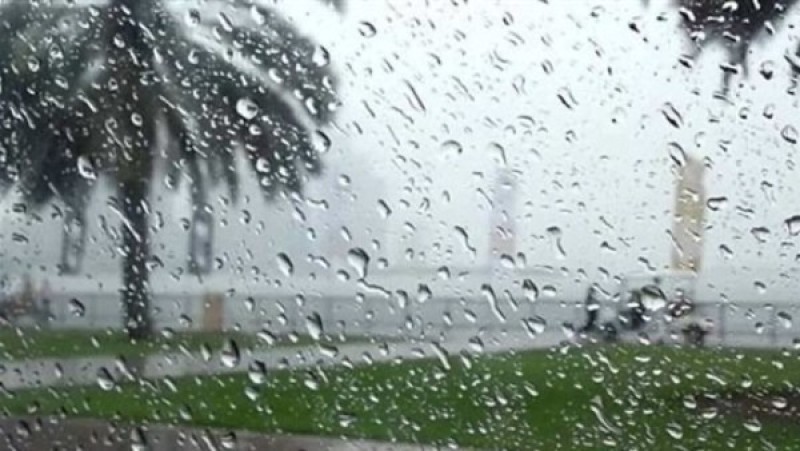The reefs of Abu Al-Nahhas ... sunken ships, coral reefs, and an area for diving enthusiasts

To the west of Shadwan Island, opposite to the city of Hurghada, about 35 km away lies the Abu al-Nahas Reef area, which is triangular in shape like the deadly Bermuda Triangle, and poses a danger similar to its danger, as it is distinguished by the deadly coral reefs, which led to the sinking of many huge ships.
Among those ships are the "SS Carnatic", which sank in 1896, the "Kimon M", which sank in 1978, the "Olden", which sank in 1987, and the "Chryskola K", which sank in 1981. The ship, "Giannis de", sank in 1983
Abu Nahhas is the only area in the world that contains the wreckage of 5 giant ships, some of which are located at a depth of more than 30 meters, owned by the Maritime Ports Authority, and the Ministry of Environment seeks to preserve the debris at that site, because its presence at the bottom helps relieve pressure on The natural environment of coral reefs.
"Carnatic" British ship is the oldest among the ships sunken in "Abu Nahas". In 1896, during its last voyage to India, it collided with coral reefs that line the corridors, and although the ship was seriously injured, its captain refused to disembark the passengers on Shadwan Island at first But with the arrival of the water to the ship's boilers, at the time when the water pumps were lost, he was finally forced to give up his stubbornness, and ordered them to descend, after 31 passengers lost his life, including 5 passengers and 26 crew members.
The ship was loaded with gold, copper, wine and cotton, and the Bedouins, the indigenous people of the region, were able to salvage the cargo in the weeks following its sinking, so they were able to recover £ 40,000 worth of goods, and divers usually prefer to head to the wreck site, to enjoy seeing it full of coral Delicates, glass fish, crocodile fish, and lionfish.
Dive enthusiasts from all over the world, they go to the Abu Al-Nahhas area, in the deep of the Red Sea, to see the meteor coral, embracing the ships that sank it, and around it the colorful fishes, in a wonderful view that is rarely repeated in another area .. unlike Abu Al-Nahhas
Mummification Museum .. Here is the beginning of the journey of resurrection and immortality .




















